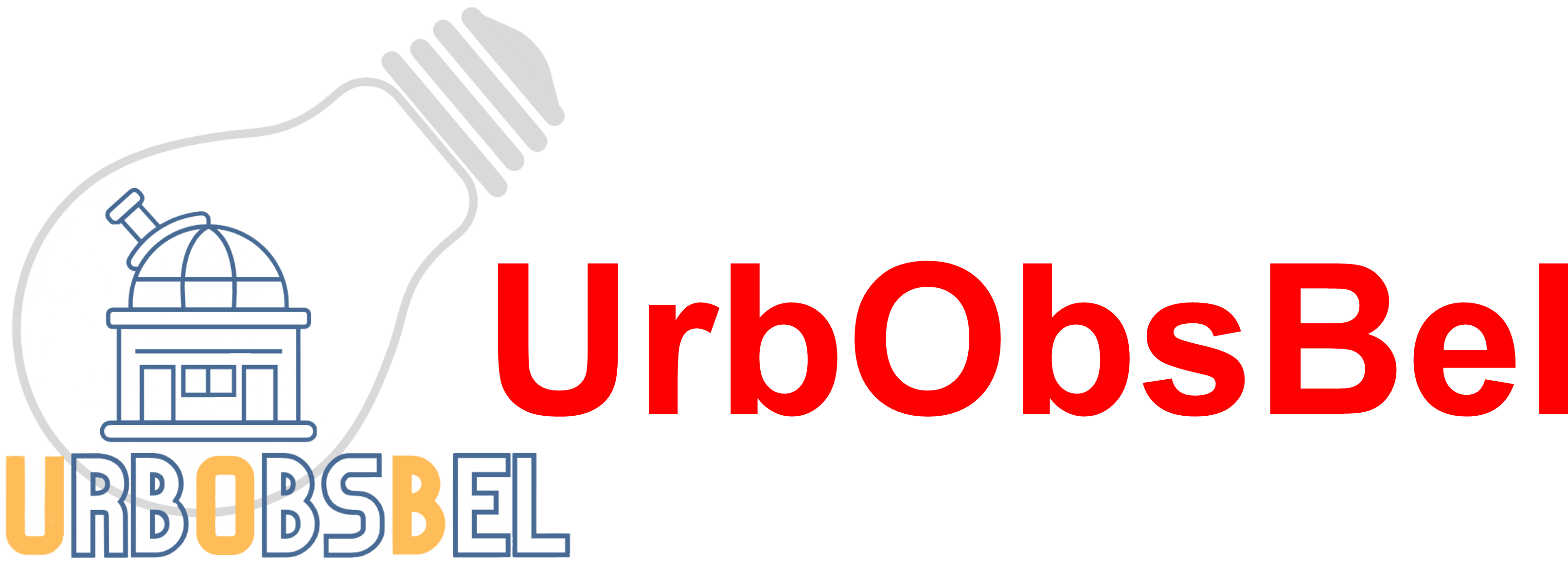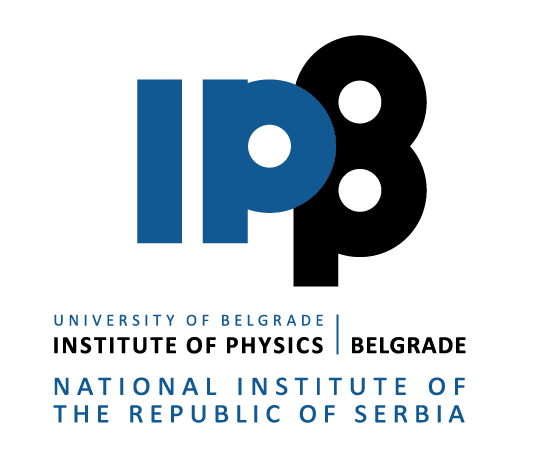About Us
The project aims to create the Urban Observatory of Belgrade, a new observing station within the Astronomical Observatory Belgrade. Among the main goals of the project is to measure and study one of the least understood forms of pollution on Earth, light pollution, and it is also planned that observations will provide information on the distribution of energy consumption, which has a major impact on the environment and ecosystems. Light pollution is one of the least understood forms of pollution that affects all living things on Earth. Therefore, it is necessary to make precise measurements using well-defined astronomical techniques in order to determine its intensity. Light pollution, for example, can be defined as the difference in sky brightness compared to an unpolluted night sky. Measurements taken in a dark location away from any artificial light are compared with measurements taken in locations near sources of intense light pollution. The difference between these measurements shows how much light has been added by human activity over the natural level of darkness. It is estimated that light pollution increases significantly every year by an average of 10 percent, which leads to its doubling in a period of less than 8 years.
Research
The main task of the Urban Observatory project is the mounting of observational equipment on the flat roof of the Astronomical Observatory Tower, the highest point of the urban part of Belgrade. Using this exceptional position, we plan to measure and analyze as many variables important to modern city life as possible. Such a synoptic view of the city will provide the possibility of observing the city on different time scales, ranging from minutes to months and years. This location provides the opportunity to observe not only the narrower city zone (the center of Belgrade), but also its surroundings, e.g. the forest and Danube river. The construction of an observation facility in the city environment to study light pollution and dynamic processes in Belgrade will enable observation activities in different weather conditions throughout the year. Given that a couple of instruments will be mounted at the Vidojevica Astronomical Station one of the last dark locations in Serbia, one of the last dark locations in Serbia, it will be possible to analyze the problem of light pollution in Serbia in detail.
By creating a new observing station in Belgrade that will be used for various tasks (measurement of sky brightness, atmospheric visibility, determination of cloud cover and measurement of sky pollution), the Urban Observatory project will contribute to our understanding of the complex aspects of light pollution. It is expected that various potential users of observation and analysis, in addition to the scientific community, will also be city administrations, decision makers, businessmen, ecological organizations, institutions in the field of environmental protection, the general public, the media, educators and all interested parties. This project will enable the optimal use of observational resources and the international exchange of knowledge and results with other related projects. The results of the project will be used by the Municipality of Zvezdara and the City of Belgrade, as these measurements will provide elements for making decisions in the direction of creating a better environment that will improve the health of the population of Belgrade and its surroundings. As part of the long-term strategy regarding light pollution, a discussion will be initiated on the design of lighting adapted to dark skies, such as direction, spectral composition and limited lighting duration, and it is also planned to initiate the construction of dark sky parks in Serbia that already exist in neighboring countries.
A team of 8 researchers from 4 scientific institutes from Serbia will be involved in the Urban Observatory project. The head of the project is Dr. Srđan Samurović, principal research fellow, from the Astronomical Observatory. The leader of work package no. 2, which refers to the acquisition and maintenance of equipment, is Dr. Zorica Cvetković, principal research fellow, from the Institute of Physics, the leader of work package no. 3, which refers to the installation and maintenance of the software, is Dr. Rade Pavlović, principal research fellow, also from the Institute of Physics, the leader of work package no. 4, which refers to data analysis, is Dr. Goran Damljanović, principal research fellow from the Astronomical Observatory and, finally, the leader of work package no. 5 who deals with the dissemination of the results is Dr. Dajana Bjelajac, assistant professor at the Faculty of Sciences of the University of Novi Sad. The project team also includes Dr. Zoran Simić, principal research fellow from the Astronomical Observatory, Dr. Dragan Lukić, research associate from the Institute of Physics and Dr. Branislav Rovčanin, assistant professor from the Faculty of Medicine, University of Belgrade.
Instruments
We have Tess-w photometer and Sky Quality Meter in a pair, so one pair is installed at Astronomical Observatory in Belgrade, and the other pair at the Astronomical Station Vidojevica near Prokuplje.
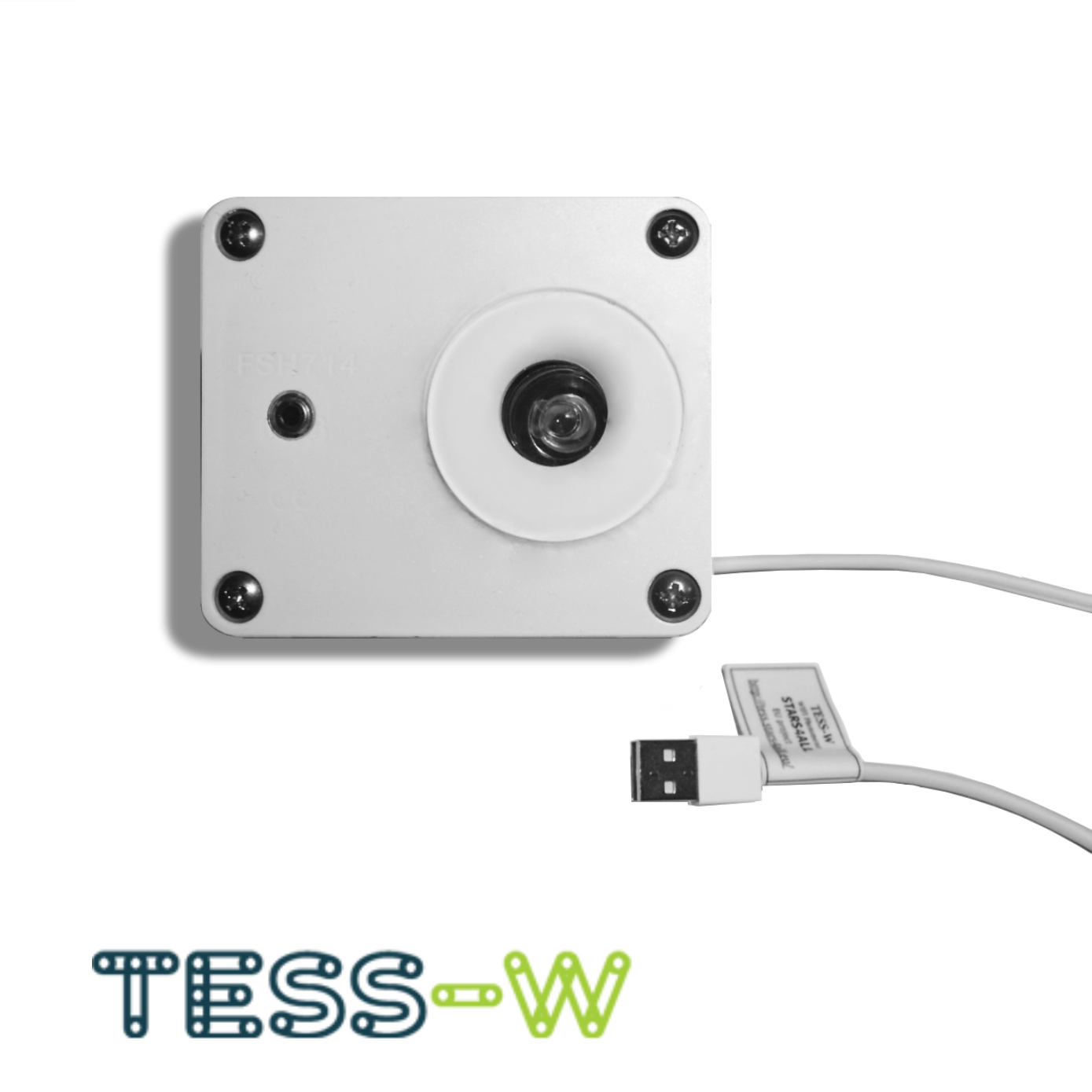
Tess-w photometer
TESS-W is the photometer we need to continously monitoring the sky brightness at night.
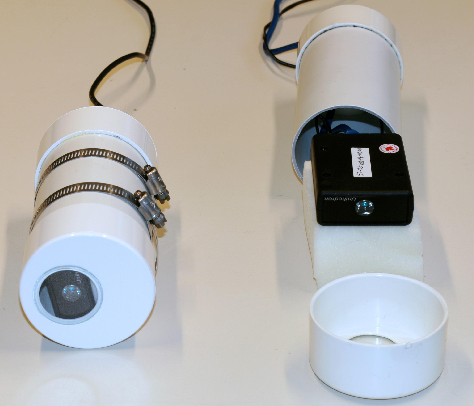
Sky quality meter
Measuring the brightness of the night sky has become an increasingly important topic in recent years, as artificial lights and their scattering by the Earth’s atmosphere continue spreading around the globe.
Data Collection
Data Collection info will be posted very soon
News and Updates
Astronomical Observatory at the International Technical Fair
The Astronomical Observatory of Belgrade presented itself at this year's 66th International Fair of Technics and Technical Achievements with three projects. The MOSAIC CubeSat project was presented: this project of the first Serbian scientific satellite is now in the concept phase. The goals of the MOSAIC mission are to observe the Sun in X-ray radiation and to observe the planet Earth from orbit. A life-size model of the satellite was presented at the Fair, as well as one of the devices that will be taken into orbit. On this project, the Astronomical Observatory cooperates with the Mihajlo Pupin Institute and with three faculties of the University of Belgrade: Faculty of Mathematics, Faculty of Mechanical Engineering and School of Electrical Engineering. Also, the Astronomical Observatory presented two PRISMA projects led by the Observatory and funded by the Science Fund of the Republic of Serbia and which started working at the beginning of this year: the Urban Observatory of Belgrade -- UrbObsBel (researchers from the Institute of Physics, the Faculty of Science, University of Novi Sad, as well as the Faculty of Medicine, University of Belgrade also participate) and the MOBY (Modeling Binary Systems That End in Stellar Mergers and Give Rise to Gravitational Waves) project with the researcher from the Faculty of Mathematics. On the panel of the Urban Observatory, in addition to the description of the planned activities, the case of the HSI (Hyperspectral Imaging Sensor) device, which is currently being constructed and will be used for measurements within this project, was shown. Colleagues from the Faculty of Mathematics presented themselves at the astronomy stand, showing the Vera Rubin telescope, i.e., the LSST (Legacy Survey in Space and Time) project and the contribution of Serbian scientists to this project.
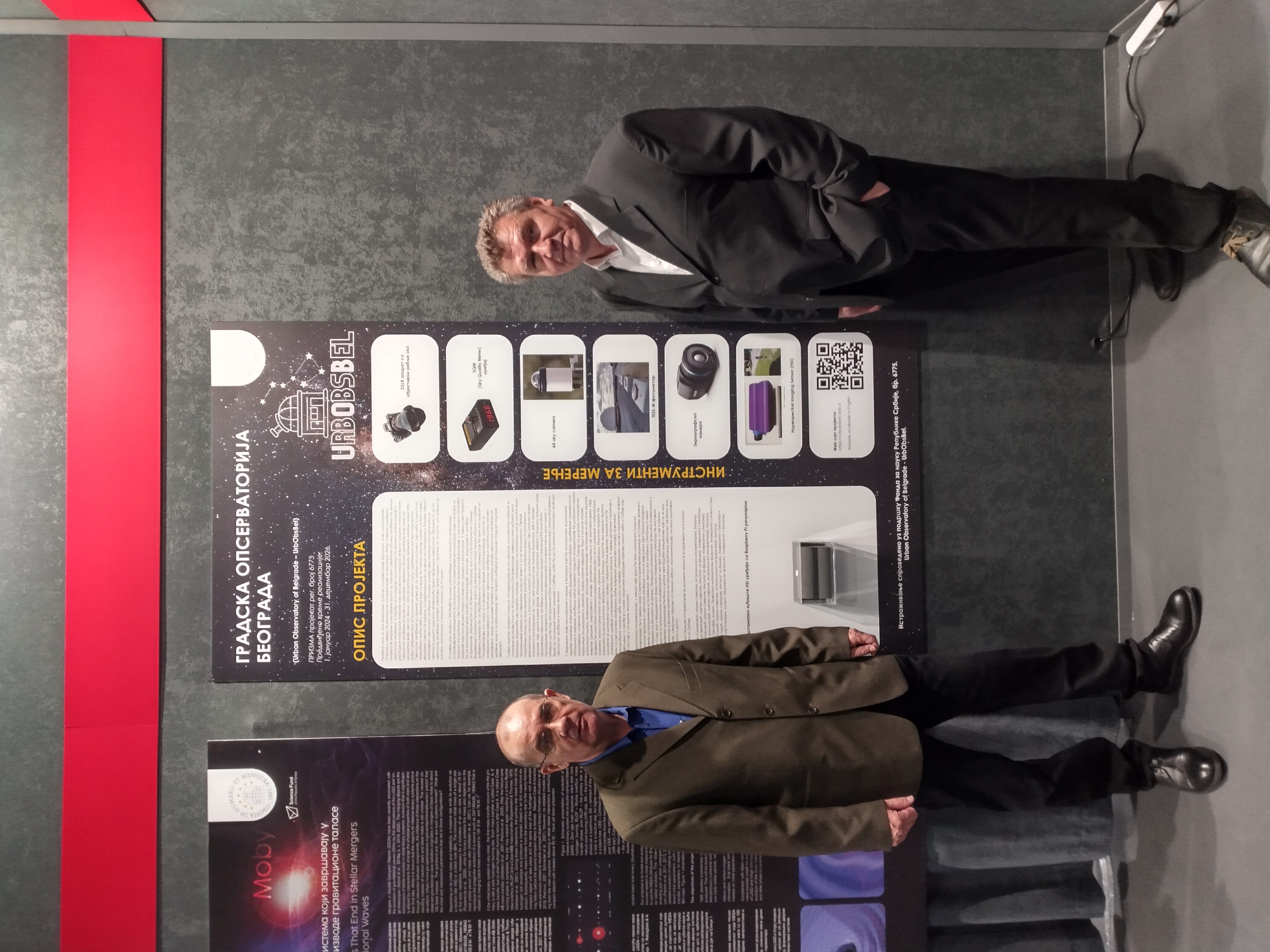
Dr. Srdjan Samurović and Dr. Luka Popović, director of the Astronomical Observatory
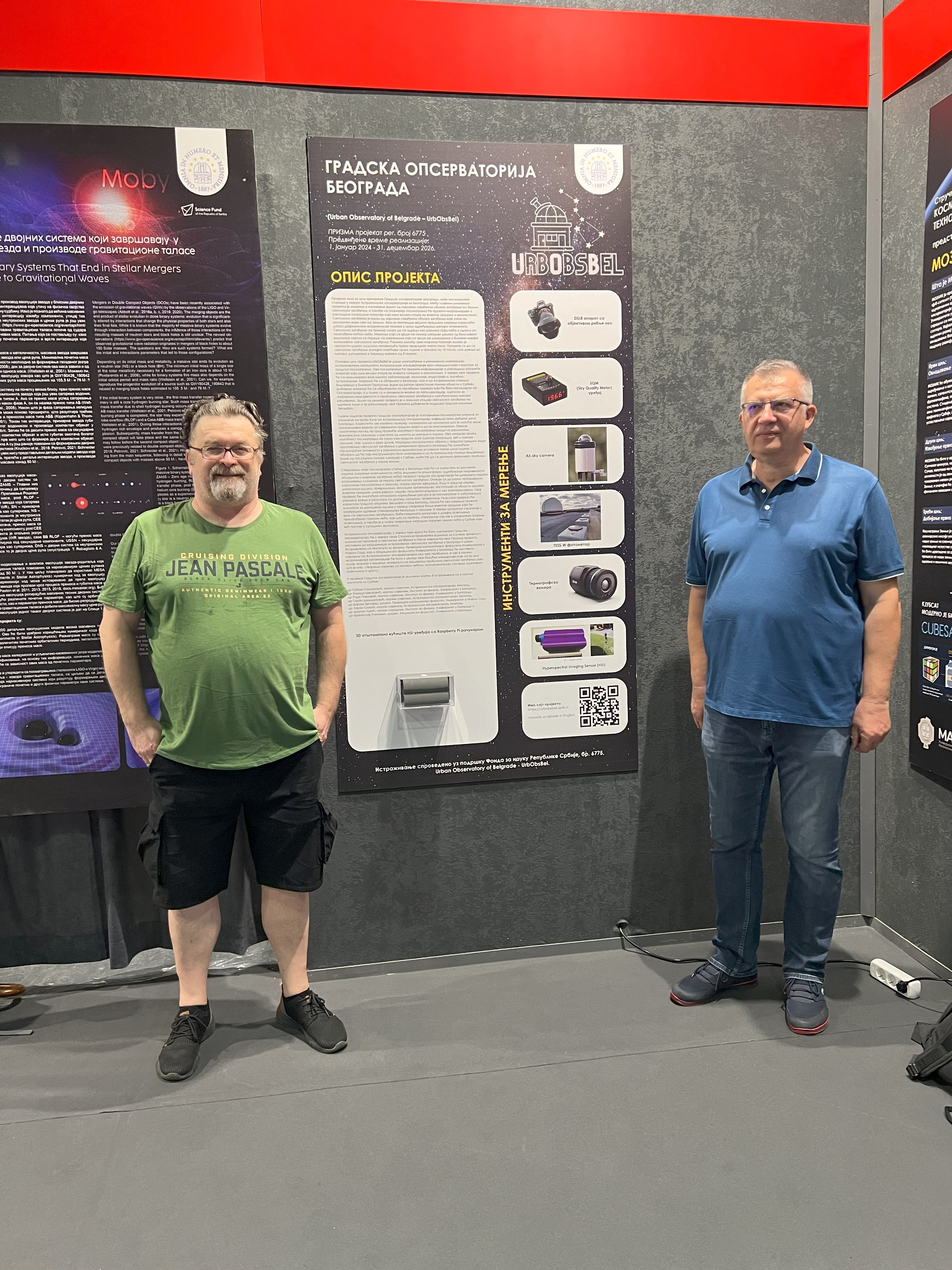
Dr. Zoran Simić and Dr. Rade Pavlović
Visits to the Astronomical Observatory during the International Technical Fair
During this year's 66th International Fair of Technics and Technical Achievements, the Astronomical Observatory hosted visitors from the People's Republic of China. First, on Wednesday, May 22, 2024, the Astronomical Observatory was visited by Mr. Bob Chen, a representative of MinoSpace, one of the most reputable Chinese companies engaged in research and production of satellites. Mr. Chen presented the work of the MinoSpace company in detail to Dr. Goran Damljanović and Dr. Srdjan Samurović. After a discussion about the work and possibilities of this company, Dr. Samurović presented the planned activities of the Urban Observatory of Belgrade project, UrbObsBel, funded by the Science Fund of the Republic of Serbia. After discussing the project, Mr. Chen visited the Great Refractor pavilion where he learned about this instrument and its importance for Serbian astronomy.
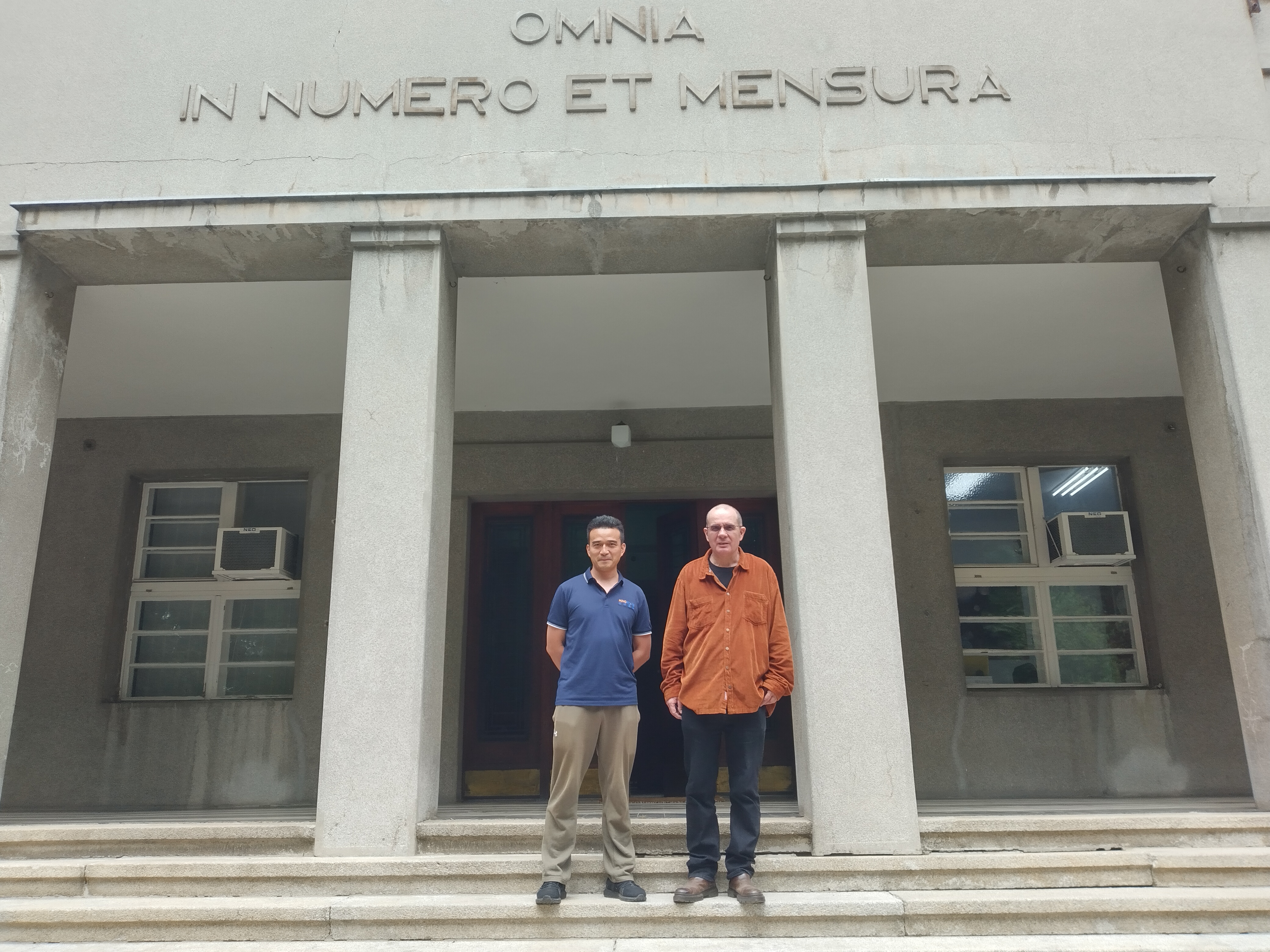
Mr. Bob Chen and Dr. Srdjan Samurović
The following day (Thursday, May 23), the Astronomical Observatory was visited by a delegation from the Beijing Academy of Science and Technology (BJAST), led by the president of this institution, Dr. Jianmin Wu. Also, in this delegation were Dr. Junkai Li, Dr. Baoming Li, Ms. Lin Li, Dr. Jing Zhu and Ms. Rong Ren. At the meeting organized on that occasion, the Astronomical Observatory was represented by Dr. Jelena Kovačević Dojčinović, deputy director of Dr. Luka Popović, who was on an official trip, Dr. Milan Stojanović, head of the Research Unit for Space Science and Technologies, and Dr. Srdjan Samurović, president of the Scientific council of the Astronomical Observatory and head of the Research Unit for Solar Activity Monitoring, Climate Change and Light Pollution. Also present were Dr. Jelena Svorcan from the Faculty of Mechanical Engineering, prof. Dr. Dušan Marcheta from the Faculty of Mathematics and Mr. Dobrivoje Lale Erić from the Center for the Promotion of Science. Dr. Stojanović presented to the distinguished guests from China the history of the Astronomical Observatory and its scientific activities. After his presentation, Dr. Samurović briefly presented the problem of light pollution and the PRISMA project of the Urban Observatory of Belgrade (UrbObsBel) of which he is the coordinator and whose implementation began in January of this year. Colleagues from China were very interested and various aspects of possible future cooperation were discussed. After the meeting, the guests visited the Great Refractor pavilion, where Dr. Stojanović described the features of this telescope and answered their questions.
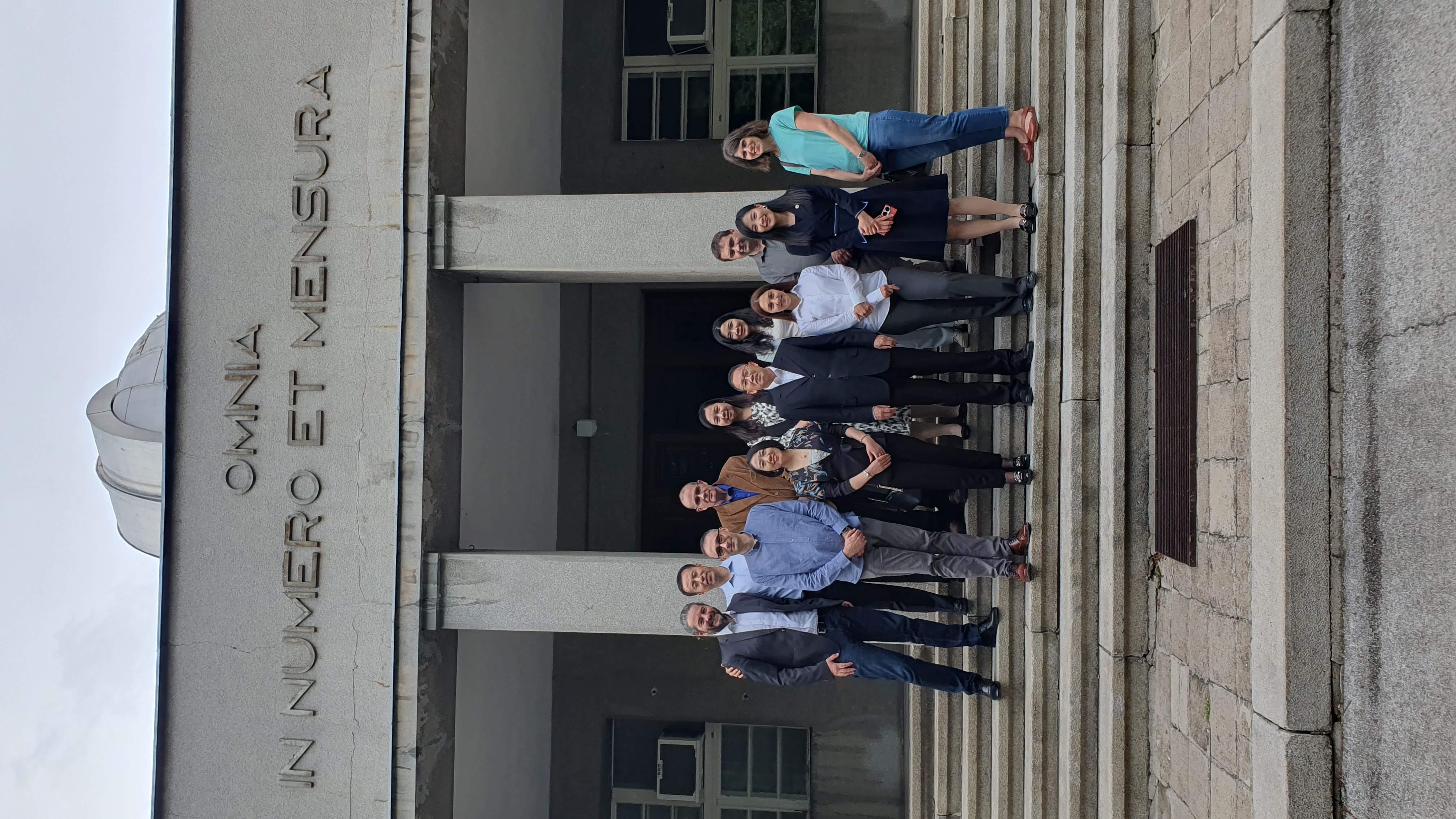
The delegation from the Beijing Academy of Science and Technology (BJAST) visits the Astronomical Observatory
